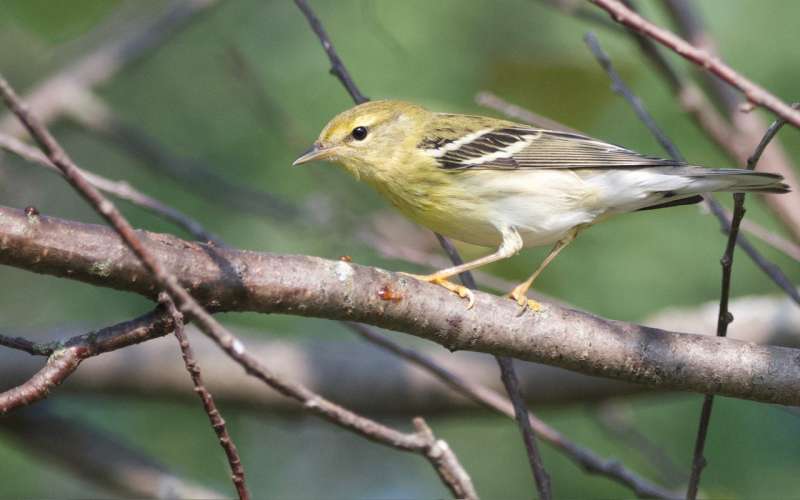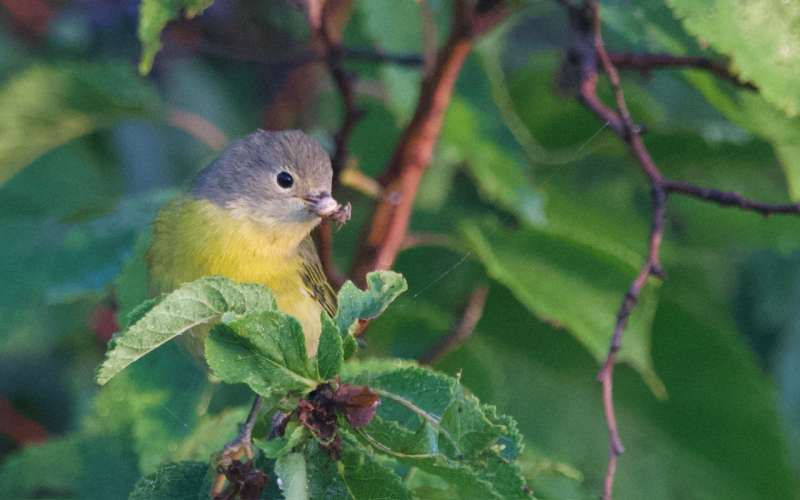I thought I'd post some of our most common birds. Boreal Eurasia is pretty monotonous ornithology-wise, so they all have actual vernacular English (British) names.
This one should be pretty common in the US, too.
![[Linked Image]](https://trapperman.com/forum/attachments/usergals/2023/10/full-50953-192606-_mg_6435_resize.jpg)
Fieldfares are the most common local thrush species. Some years they form big flocks in the winter, like waxwings.
![[Linked Image]](https://trapperman.com/forum/attachments/usergals/2023/10/full-50953-192607-_mg_9954_resize_copy.jpg)
Just a pair of great tits. They like human company in the winter.
![[Linked Image]](https://trapperman.com/forum/attachments/usergals/2023/10/full-50953-192608-2009.10.29_parus.major_103_resize.jpg)
Our biggest and most brazen woodpecker, the black woodpecker. They are very curious and will often follow you in the woods, screaming loudly.
![[Linked Image]](https://trapperman.com/forum/attachments/usergals/2023/10/full-50953-192609-2009.11.11_dryocopus.martius_012_resize.jpg)
The nuthatch is a frequent bird feeder visitor (and bacon lover).
![[Linked Image]](https://trapperman.com/forum/attachments/usergals/2023/10/full-50953-192610-2010.01.14_sitta.europaea_001_resize.jpg)
Tree pipits are among the earliest birds to arrive from Africa.
![[Linked Image]](https://trapperman.com/forum/attachments/usergals/2023/10/full-50953-192611-2010.04.21_anthus.trivialis_009_resize.jpg)
So are wagtails. They become one of the most abundant insectivorous species in the suburbs because tits and chickadees mostly leave residential areas by mid-May.
![[Linked Image]](https://trapperman.com/forum/attachments/usergals/2023/10/full-50953-192612-2010.04.23_motacilla.alba_009_resize.jpg)
This is what an actual goldfinch in the initial sense of the word looks like. They are incredibly hardy birds. I often see them flying and feeding at temperatures approaching -40 C (or F) when few other birds are visible. They visit bird feeders, but it's not uncommon to see them feeding on burdock seeds out in the forest-steppe.
![[Linked Image]](https://trapperman.com/forum/attachments/usergals/2023/10/full-50953-192613-2010.05.29_carduelis.carduelis_004_resize.jpg)
We have two sympatric species of cuckoos here, that are a bit hard to tell apart visually. This one's the common cuckoo. They become very visible and easy to photograph early in the mating season, in June. They spend winters in Southeast Asia.
![[Linked Image]](https://trapperman.com/forum/attachments/usergals/2023/10/full-50953-192614-2010.06.12_cuculus.canorus_008_resize.jpg)
The most common woodpecker species in boreal Eurasia. As far as I know, Greater spotted woodpeckers sometimes visit Alaska, much to the local birders' delight, but they belong here. They're loud birds, and not too smart. They taste okay, though.
![[Linked Image]](https://trapperman.com/forum/attachments/usergals/2023/10/full-50953-192615-2010.06.27_dendrocopos.major_002_resize.jpg)
Our Bohemian waxwings are a bit different from your Cedar waxwings.
![[Linked Image]](https://trapperman.com/forum/attachments/usergals/2023/10/full-50953-192616-_mg_5431_resize.jpg)
they gather in HUGE loud flocks in the winter and can completely strip mountain ash and crab apples off their frozen fruit in a matter of minutes.
![[Linked Image]](https://trapperman.com/forum/attachments/usergals/2023/10/full-50953-192617-_mg_5413_resize.jpg)




![[Linked Image]](https://trapperman.com/forum/attachments/usergals/2023/10/full-48442-192565-cardinal_5.jpg)
![[Linked Image]](https://trapperman.com/forum/attachments/usergals/2023/10/full-48442-192566-nuthatch_6_1_2.jpg)
![[Linked Image]](https://trapperman.com/forum/attachments/usergals/2023/10/full-48442-192567-waxwing_2.jpg)
![[Linked Image]](https://trapperman.com/forum/attachments/usergals/2023/10/full-4076-192579-2aa1da69_72e8_49c6_9e54_e8e6fb5537d1.jpeg)
![[Linked Image]](https://trapperman.com/forum/attachments/usergals/2023/10/full-10376-192582-img_2579_x.jpg)
![[Linked Image]](https://trapperman.com/forum/attachments/usergals/2023/10/full-10376-192583-img_2459x.jpg)
![[Linked Image]](https://trapperman.com/forum/attachments/usergals/2023/10/full-10376-192584-img_1717x.jpg)
![[Linked Image]](https://trapperman.com/forum/attachments/usergals/2023/10/full-10376-192585-img_2570x.jpg)

![[Linked Image]](https://trapperman.com/forum/attachments/usergals/2023/10/full-10376-192632-15_may_2023_1_xx.jpg)
![[Linked Image]](https://trapperman.com/forum/attachments/usergals/2023/10/full-10376-192633-img_2432_xx.jpg)
![[Linked Image]](https://trapperman.com/forum/attachments/usergals/2023/10/full-10376-192634-img_1761x.jpg)
![[Linked Image]](https://trapperman.com/forum/attachments/usergals/2023/10/full-10376-192636-6_sept_22_willett_a_xx.jpg)





![[Linked Image]](https://trapperman.com/forum/attachments/usergals/2023/10/full-50953-192606-_mg_6435_resize.jpg)
![[Linked Image]](https://trapperman.com/forum/attachments/usergals/2023/10/full-50953-192607-_mg_9954_resize_copy.jpg)
![[Linked Image]](https://trapperman.com/forum/attachments/usergals/2023/10/full-50953-192608-2009.10.29_parus.major_103_resize.jpg)
![[Linked Image]](https://trapperman.com/forum/attachments/usergals/2023/10/full-50953-192609-2009.11.11_dryocopus.martius_012_resize.jpg)
![[Linked Image]](https://trapperman.com/forum/attachments/usergals/2023/10/full-50953-192610-2010.01.14_sitta.europaea_001_resize.jpg)
![[Linked Image]](https://trapperman.com/forum/attachments/usergals/2023/10/full-50953-192611-2010.04.21_anthus.trivialis_009_resize.jpg)
![[Linked Image]](https://trapperman.com/forum/attachments/usergals/2023/10/full-50953-192612-2010.04.23_motacilla.alba_009_resize.jpg)
![[Linked Image]](https://trapperman.com/forum/attachments/usergals/2023/10/full-50953-192613-2010.05.29_carduelis.carduelis_004_resize.jpg)
![[Linked Image]](https://trapperman.com/forum/attachments/usergals/2023/10/full-50953-192614-2010.06.12_cuculus.canorus_008_resize.jpg)
![[Linked Image]](https://trapperman.com/forum/attachments/usergals/2023/10/full-50953-192615-2010.06.27_dendrocopos.major_002_resize.jpg)
![[Linked Image]](https://trapperman.com/forum/attachments/usergals/2023/10/full-50953-192616-_mg_5431_resize.jpg)
![[Linked Image]](https://trapperman.com/forum/attachments/usergals/2023/10/full-50953-192617-_mg_5413_resize.jpg)
![[Linked Image]](https://trapperman.com/forum/attachments/usergals/2023/07/full-53873-182570-image_10.png)
![[Linked Image]](https://trapperman.com/forum/attachments/usergals/2023/12/full-10376-198604-img_1786_xx.jpg)
![[Linked Image]](https://trapperman.com/forum/attachments/usergals/2023/12/full-10376-198605-img_1791_xx.jpg)
![[Linked Image]](https://trapperman.com/forum/attachments/usergals/2023/12/full-10376-198606-img_1793_xx.jpg)
![[Linked Image]](https://trapperman.com/forum/attachments/usergals/2023/12/full-10376-198607-img_1806_xx.jpg)
![[Linked Image]](https://trapperman.com/forum/attachments/usergals/2023/12/full-10376-198608-img_1809x.jpg)
![[Linked Image]](https://trapperman.com/forum/attachments/usergals/2023/12/full-58061-198610-img_3949.jpeg)
![[Linked Image]](https://trapperman.com/forum/attachments/usergals/2023/12/full-58061-198611-img_4203.jpeg)
![[Linked Image]](https://trapperman.com/forum/attachments/usergals/2023/12/full-58061-198612-img_3963.jpeg)
